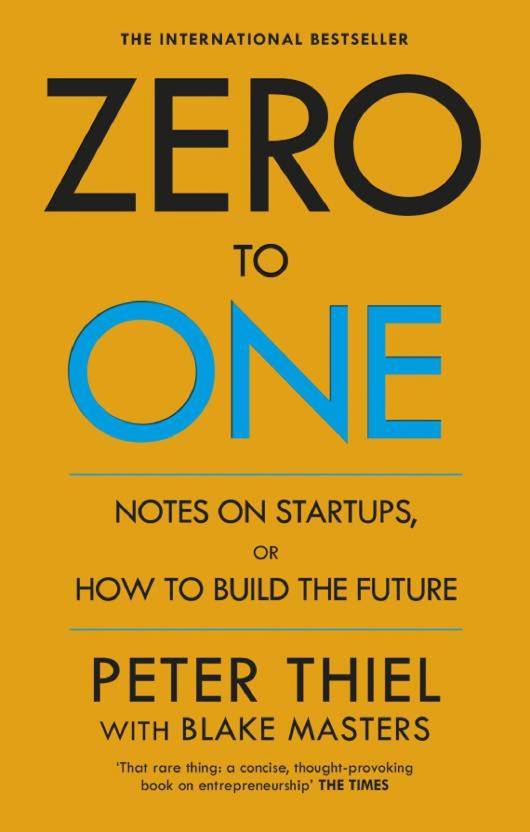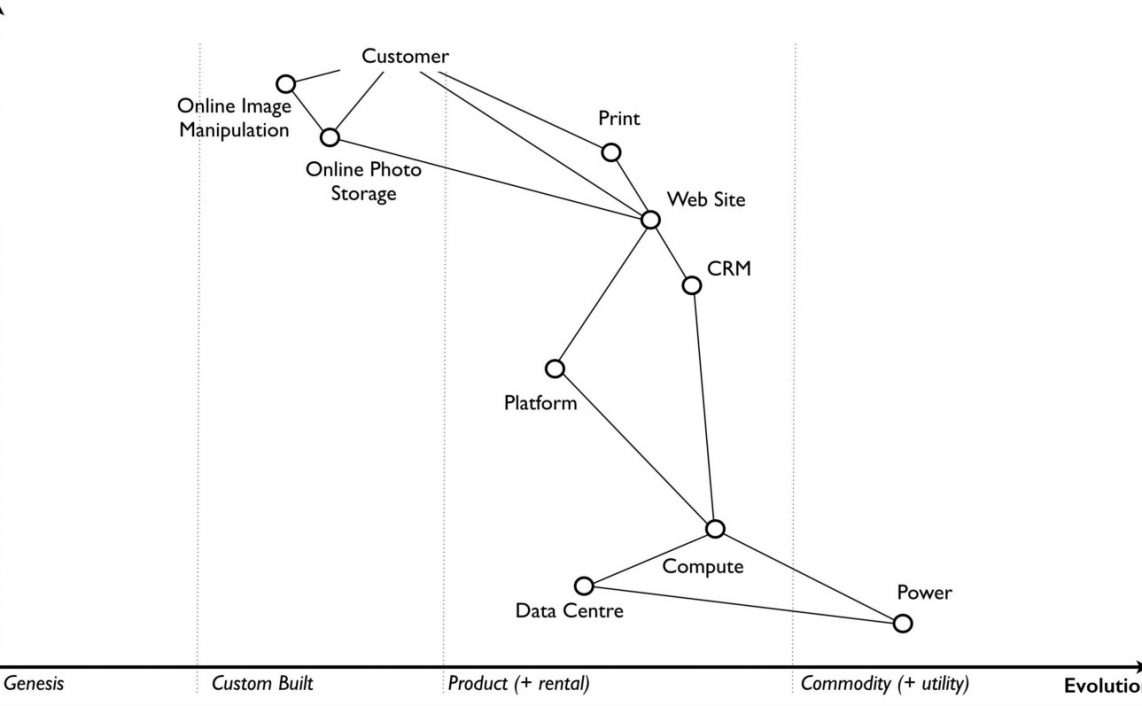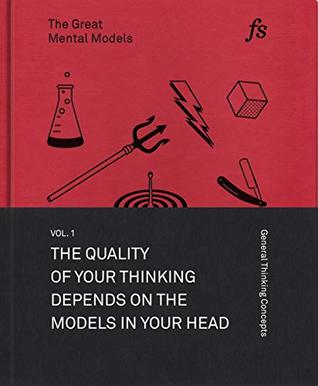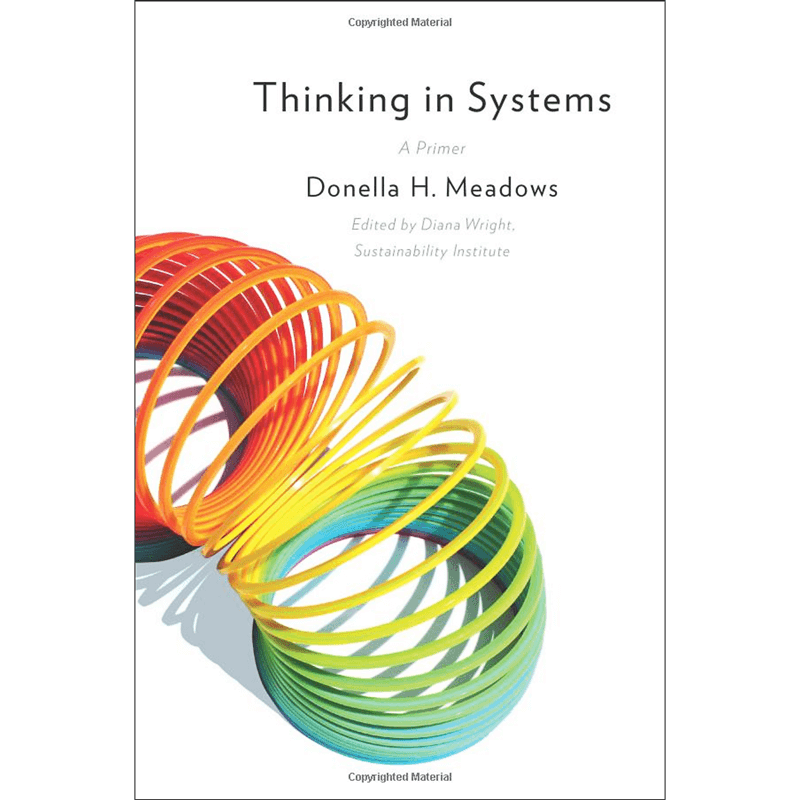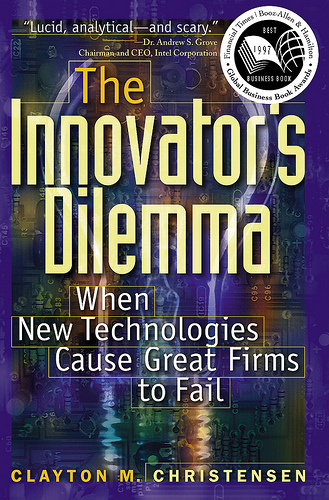
Harvard professor Clayton M. Christensen says outstanding companies can do everything right and still lose their market leadership — or worse, disappear completely. And he not only proves what he says, he tells others how to avoid a similar fate.
Focusing on “disruptive technology” — the Honda Super Cub, Intel’s 8088 processor, or the hydraulic excavator, for example — Christensen shows why most companies miss “the next great wave.” Whether in electronics or retailing, a successful company with established products will get pushed aside unless managers know when to abandon traditional business practices. Using the lessons of successes and failures from leading companies, “The Innovator’s Dilemma” presents a set of rules for capitalizing on the phenomenon of disruptive innovation.
Goodreads
The Innovator’s Dilemma – When new technologies cause great firms to fail is a seminal book by the Harvard professor Clayton M. Christensen. It was first published on May 1, 1997 by Harvard Business Review Press. It deals with the theory of disruptive innovation (Innovations that lead to the emergence of new markets) and the precise mechanics of the disruption such developments cause in the business of the established companies of the time. The specific focus is on why the technology leaders are repeatedly, consistently beaten by upcoming start-ups.
Disruption Theory is essentially a study of value networks. Companies of different sizes define their capabilities and markets differently. Over a period of time, industry leaders establish their competencies in markets ever increasing margins and therefore, profitability. This is not a mistake at first sight but rather a direct result of sound management practices. Large companies simply need larger markets to keep growing.
This, however, gives room to smaller companies to occupy the lower margin markets with poorer products. It doesn’t impact the large firms initially, but as the start-ups improve their product, they reach the stage where their offering is good enough for everyone. While the industry leaders are probably still offering better products, they are now too good and lose the battle simply because the new market defined by the start-up’s product does not require them.
Christensen proposes that it is this difference in perception of value and the ingrained culture of the firm that causes established firms to fail. Even though they have all the know-how, internal processes do not allocate enough value (resources, time etc.) to a technology aimed at niche audiences. This is what eventually leads to disruption. Christensen argues that the only way for an established company to take on the start-ups is to spin-off an independent subsidiary which is sufficiently free of the parent company’s culture to be able to compete with the newcomers on their terms.
The first two chapters of the book are in depth case studies of disruptive innovations in the hard-drive industry and the excavator equipment industry. Having deeply studied the effects and symptoms of disruption, the author systematically builds up a very strong case for his theory (the S-curve makes an appearance) and ends it with some advice on handling disruptions for managers.
The power of disruption theory, the reason why it is so scary for managers, is the almost oversimplified approach it takes to assessing whether or not a venture will work. None of the massive data collection and research that typically characterizes technology management. The mantra is simple –
- Newbie in sustaining technology – FAIL
- Industry leader in disruptive technology – FAIL
Businesses can fail for many reasons. But the above two are surely destined to fail.
The Innovator’s Dilemma is a very lucid presentation of a powerful theory. I have never seen a solution extracted from a problem as elegantly or presented as forcefully. I would have liked the author to take some more case studies for a more holistic coverage, but the extent to which he has explored the two that have been taken is immense. He writes in an even, professorial tone that is easy to grasp. He has not tried to use the theory predictively, or to pit it against alternate theories. Though some general observations have been regarding managing disruption, this is not a “How to” guide. That comes later, in The Innovator Solution.
It would be interesting to apply the disruption theory to today’s internet technology leaders like Google, Facebook etc.. Since these corporations explicitly try to maintain a start-up like culture, IMO the “values” argument doesn’t apply to them in quite the same way as the author has applied it to the hard disk industry. Companies that routinely use the “product champion” structure (flying squads of super star innovator’s devoted to an off-beat product) would also push the theory in its original form.
Still, the power of simplicity is evident in its success in the real world. Today, “Disrupt” is the buzz world in technology. TechCrunch, a widely known website covering technology, holds an event called “Disrupt <Name of the city>”. Many other have taken the theory and built it into a larger body of ideas that finds wide acceptance and application.
The Innovator’s Dilemma deserves its position as absolutely required reading in business schools around the world. If you are interested in technology or business or both, this insightful book is a must read.
Read Next – More book reviews
If you liked this, subscribe to my weekly newsletter It Depends to read about software engineering and technical leadership



